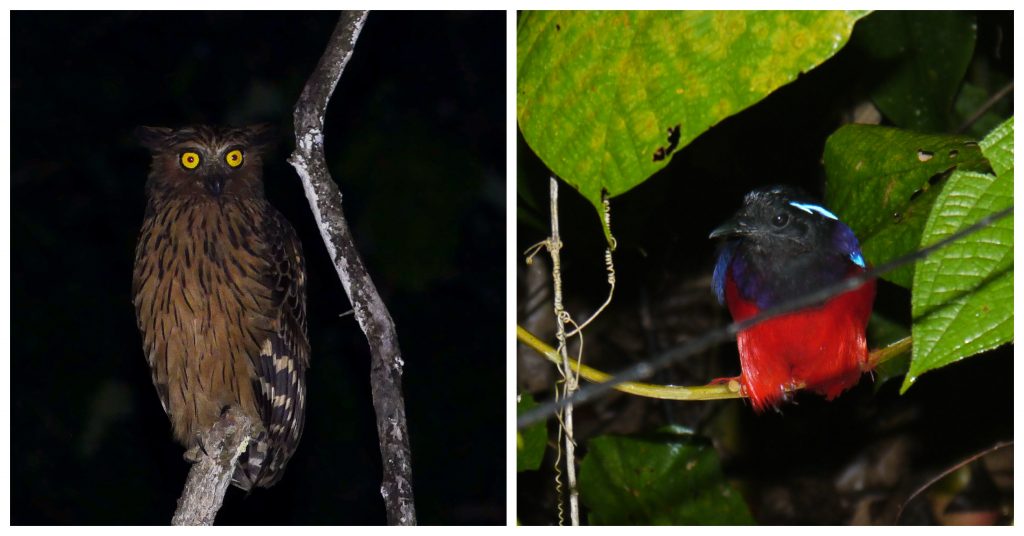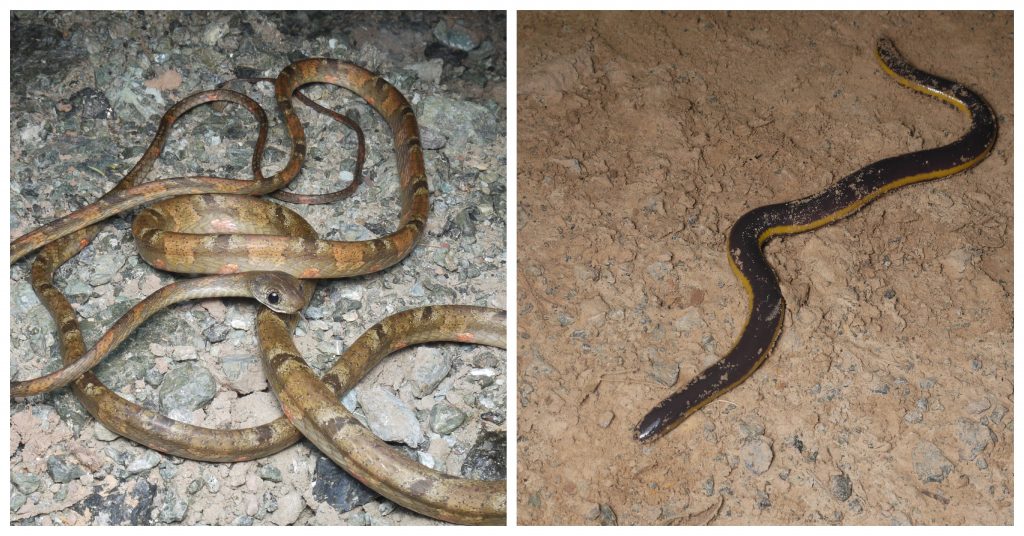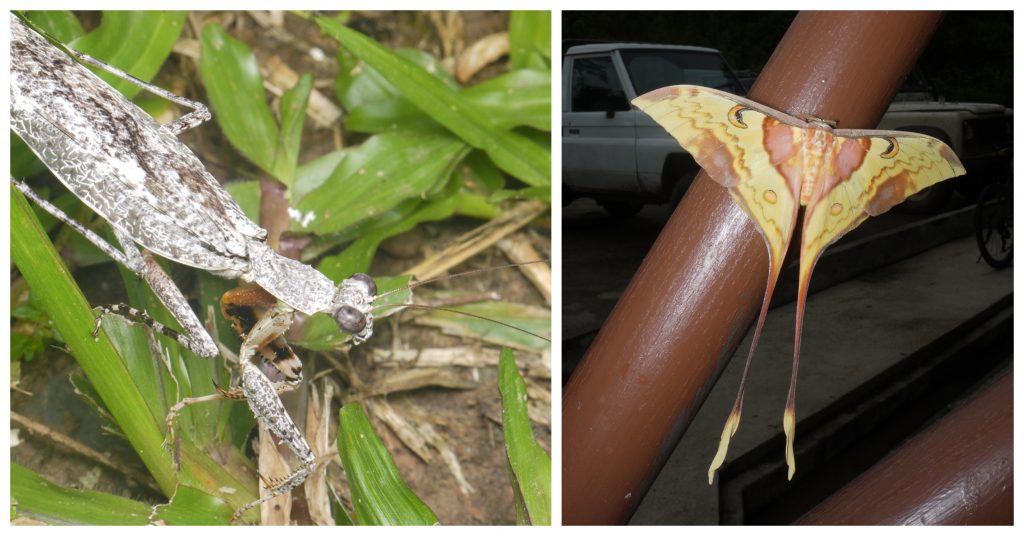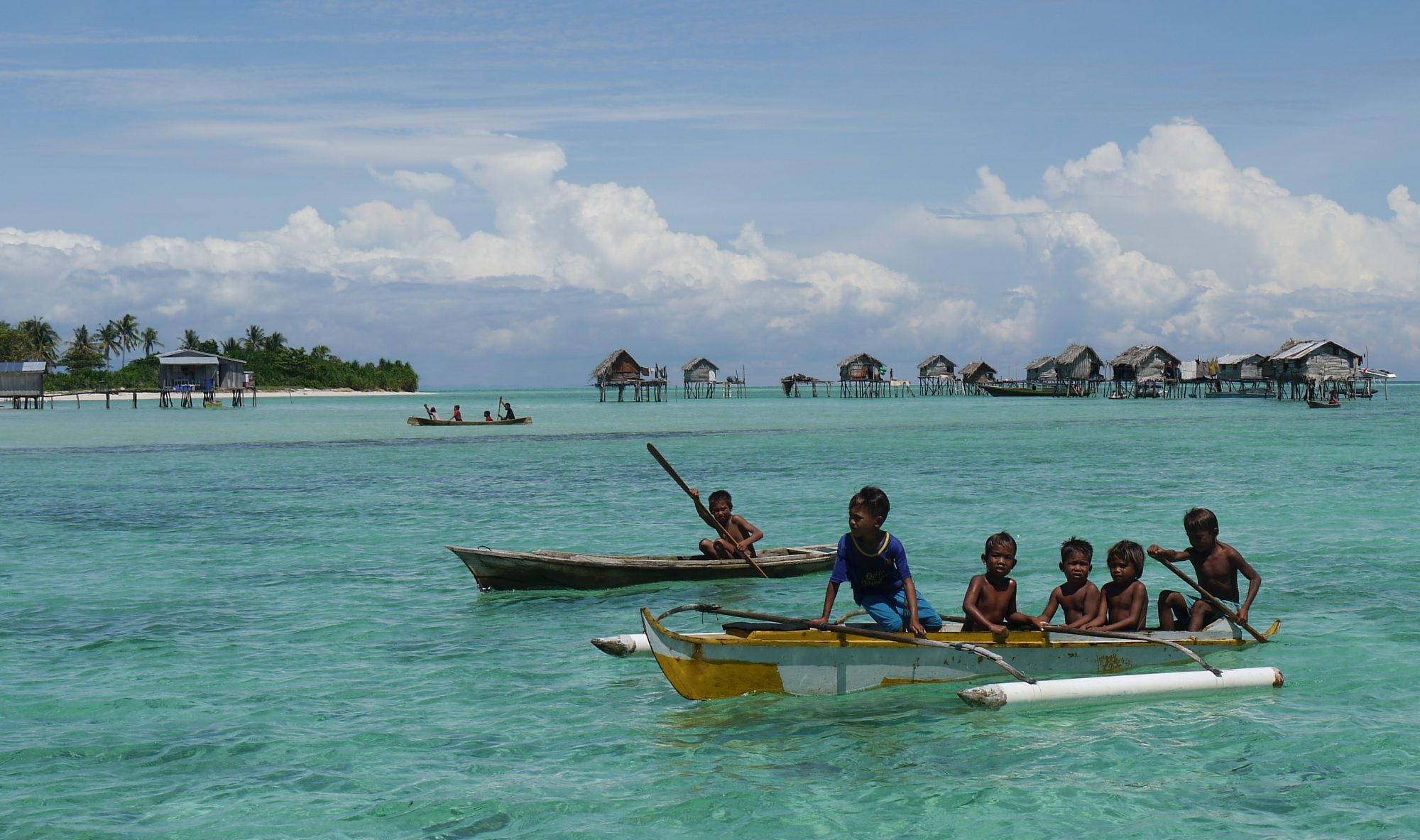To see a clouded leopard in the wild, the best chance is to join a wildlife safari to Deramakot in the Heart of Sabah. Deramakot Forest Reserve (DFR), is managed by the Sabah Forestry Department (SFD), and a model forest for best forest management practices. It is also the longest certified tropical rainforest in the world, under the Forest Stewardship Council standard.
Wildlife Safari in Deramakot with Naturalists


Rich diversity in a well-managed forest
Thanks to its 40-year harvest cycle, the forest is a mosaic of different habitats with varying disturbance history. These diverse habitats provide opportunities for different type of flora and fauna to flourish. While the pioneer plants occupy recently-logged area, climax species dominate the old growth. This in turns provides a variety of food and space for animals, from smallest of insects to the biggest of mammals. For example, the elephants and banteng would favor grassy area created by recent logging, and apex predators like the clouded leopards happily feast on the abundant small mammals.
As a result, research and nature tourism is now a key activity in the reserve. The 70-km main road of DFR, is probably the best place in the world to see a Bornean clouded leopard in the wild. A drive along this road also provides good chance to see the Bornean pygmy elephants and orangutan. Gibbons and hornbills can be heard and seen frequently. So are the flying squirrels, civets, mouse deers, and slow loris during night safari.


Visiting Deramakot
Having driven into DFR for quite a few times, we recommend a stay of at least three nights. Of course, the more day the better, to maximize one’s chance of seeing the elusive leopard (and other rare animals). The reserve is about 170km from Sandakan, with the last 70km unpaved (some in logging condition). Therefore, a 4WD with good tyres is a must for any visit. Main accommodation option is the dormitory (double decker) at the forestry complex. But some might appreciate the tranquility of camping by the clear water Kun-Kun river, just outside the reserve entrance. Regardless of where we stay, most likely we will be cooking for ourselves.

A 3-day-safari ex Telupid (or Sandakan), inc. of driving (up to 6 hours/day), lodging (discount available if opt for camping, or if camping is the only option), all meals, DFR fees (conservation, vehicle, guide), and interpretation, starts from only RMXX00/pax. Do write in to enquire, and discuss customization for visits to other places.
Your trip will not only pay to sustain the facilities and enforcement of Deramakot, but also supports the work of this portal. Feel free to contribute more to these causes, or other conservation initiatives.
Our safari itinerary is basically EAT, SLEEP, DRIVE, and repeat. Sometimes you may choose to walk and swim, too. Best part is you get to learn more about tropical rainforest from a local scientist or naturalist. We prefer to keep the group small, for obvious reasons.
Our rough plan to see a clouded leopard in the wild:
Day 1:
Pick up from Telupid town, or Sandakan airport / hotel, preferably just before noon so we can have lunch in town and still reach Deramakot before sunset. We will check in (or pitch tent) and prepare simple dinner, before heading out for a short night drive. However, the timing and duration of safari depends on weather conditions and animal behavior.
Day 2:
Early morning: short 4WD safari or walk to look for birds and gibbons
Mid-morning ~ mid-afternoon: free & easy – rest in lodge / tent, or in the river
Late afternoon ~ evening: 4WD safari to look for orangutan, elephants, and some of the best nocturnal wildlife of Malaysia
Again, the timing and duration of safaris depends on weather conditions and animal behavior.
Day 3:
Enjoy one last drive/walk before breakfast. After breakfast, depart for Sandakan. End of adventure, or continue with us to other places like the community conservation via eco-tourism programs with KOBEST in Ulu Telupid or with KOPEL in Kinabatangan; or conservation centers in Sepilok, Turtle Islands Park, etc.
*We can customize for as many days as possible, and each additional day will be a repeat of Day 2.*





(All photos and text by Khoo M.S., unless otherwise stated)

